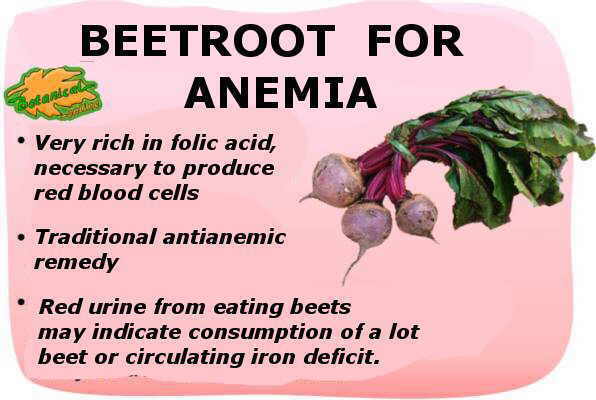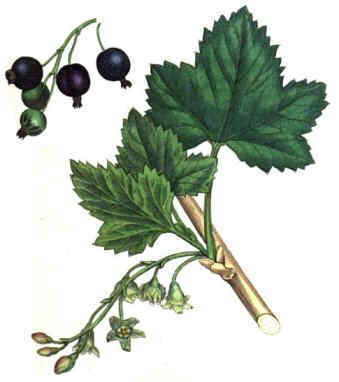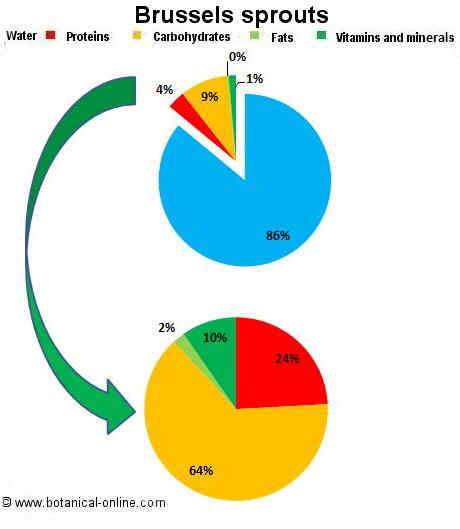Contents
- 1 Beneficial properties of kefir
- 1.1 Definition and characteristics of kefir
- 1.2 Benefits of fermented milk
- 1.3 Differences between kefir and yogurt
- 1.4 Origin of kefir, history
- 1.5 How is kefir made?
- 1.6 What are kefir grains?
- 1.7 Where to buy kefir?
- 1.8 Homemade kefir recipe
- 1.9 Types of kefir
- 1.10 Differences between milk kefir and water kefir
- 1.11 What does kefir contain?
- 1.12 What effects does kefir have on the human body?
- 1.13 How to store kefir?
- 1.14 Is kefir suitable for babies?
Beneficial properties of kefir
Definition and characteristics of kefir

Kefir is a yogurt-like food obtained by fermenting milk with various yeasts and bacilli. The most commonly used bacillus is Lactobacillus acidophilus, and the main yeast is the fungus Saccharomyces cerevisiae.
In both the case of yogurt and kefir, two foods are produced by fermenting milk. In the case of yogurt, the result is more liquid than yogurt.
Benefits of fermented milk
The fermentation process to which milk is subjected increases digestibility and, consequently, milk tolerance. That is to say, both yogurt and kefir are easier to digest than milk and cause fewer intolerance problems in sensitive individuals.
But, in addition, ferments have beneficial effects on the digestive system, by providing live microorganisms (probiotics) that help regenerate and maintain the intestinal flora or microbiota in optimal conditions, thanks to the colonization of healthy bacteria provided by fermented dairy products.
Those who consume fermented products can benefit from a healthy and strong intestinal flora, while also preventing the proliferation of bacteria that are harmful to our body due to the competition they create with each other.
Differences between kefir and yogurt
The main difference between yogurt and kefir lies in the type of microorganisms used and the fermentation they produce. Yogurt fermentation is exclusively lactic, while kefir fermentation is an acid-alcoholic reaction.

Since different strains of microorganisms are used in both cases, in addition to varying the type of fermentation, the result also varies. In the case of kefir, not only does the lactose in the milk transform into lactic acid, but we also obtain ethyl alcohol and carbon dioxide, resulting in a slightly carbonated preparation.
Origin of kefir, history
Kefir originates in the Caucasian countries, specifically in their mountains where this product has been produced for thousands of years. Kefir is considered the oldest fermented milk known to man.
Like all traditions, knowledge about kefir has been passed down from generation to generation. Although it was known and attributed health benefits to those who consumed it, the fact that they resided in the mountains meant that its spread took longer.
However, such are its properties and benefits attributed to it that its expansion occurred in the same way, starting in Europe and continuing until today, when it is consumed practically all over the world.
How is kefir made?
Kefir is still made at home in the traditional way, from kefir strains, also called kefir grains.
Kefir strains are not bought on the market. So it’s essential to obtain them from someone, who in turn gave them to someone else. Thus, from generation to generation, their cultivation has been passed down.
What are kefir grains?
Kefir grains are a collection of microorganisms, bacteria, and yeasts found in a polysaccharide matrix created by the bacteria. This polysaccharide matrix is what makes up kefir’s characteristic grainy structure.
Where to buy kefir?
Kefir grains are obtained from people who give them away. To find someone in your area who gives away kefir, ask at health food stores, forums, or healthy eating groups.
Homemade kefir recipe
Once we have obtained the strains, we simply place them in a sealable container, along with the milk, and leave them at room temperature for at least a day to allow them to begin fermenting. (How to make kefir)
Types of kefir
There are three types of kefir:
- Milk kefir: The most widely consumed and well-known is the one made with milk, due to its pleasant flavor very similar to yogurt.
- Water kefir or tibi: People who do not want to consume milk because they are on a milk-free diet or even in some cases of mild lactose intolerance, prefer kefir made with water, which, because it does not contain milk, may be better tolerated.
- Kombucha or kombucha tea: The strains of kombucha kefir are different, and it is also made using a different process, in which the fermentation takes place without covering the container that contains the food at rest, which gives it its own characteristics.
Differences between milk kefir and water kefir
Aside from the difference in the fermentation medium, the microorganisms used are practically the same in both cases, resulting in an acid-alcoholic fermentation in both cases. However, they differ in their composition, as water kefir is made from tibi kefir grains.
What does kefir contain?
The strains used to make kefir are microorganisms that, due to their similarity, are considered to have probiotic effects very similar to those of yogurt. These microorganisms are usually from different families: lactic acid bacteria such as Lactobacillus casei, fungi such as Sachromyces kefir yeast, and acid-loving bacteria such as Lactobacillus acidophilus.
What effects does kefir have on the human body?
Thanks to the fermenting action of the bacteria and yeast in kefir, we obtain a series of highly important nutritional benefits, such as the probiotic effect produced by its bacterial and fungal content, which promotes a beneficial intestinal flora for healthy bowel function and improved overall body health.
How to store kefir?
To properly store kefir, it must always be submerged in a moist medium where it can grow freely. This medium may be of the type that we consider best suited to our needs, that is, water or milk.
Is kefir suitable for babies?
For babies, the recommendations are similar to those for yogurt, that is, they can begin eating small amounts starting at 12 months of age, gradually without adding sugar.
![]() More information on kefir
More information on kefir








